Riding the Clean Energy Trend, But Do You Understand the Basics?
As energy prices fluctuate and sustainability becomes a top priority, residential energy storage systems (RESS) are gaining popularity across the globe. Whether you're browsing smart home products or hearing about backup solutions for blackout-prone areas, chances are you've come across sleek battery systems paired with solar panels.
But here's the challenge: while the designs and brands might look impressive, how well do you understand the specifications on the label or datasheet? Choosing the right energy storage system requires more than a glance at capacity and price — it's about understanding the metrics that match your household's actual energy needs.
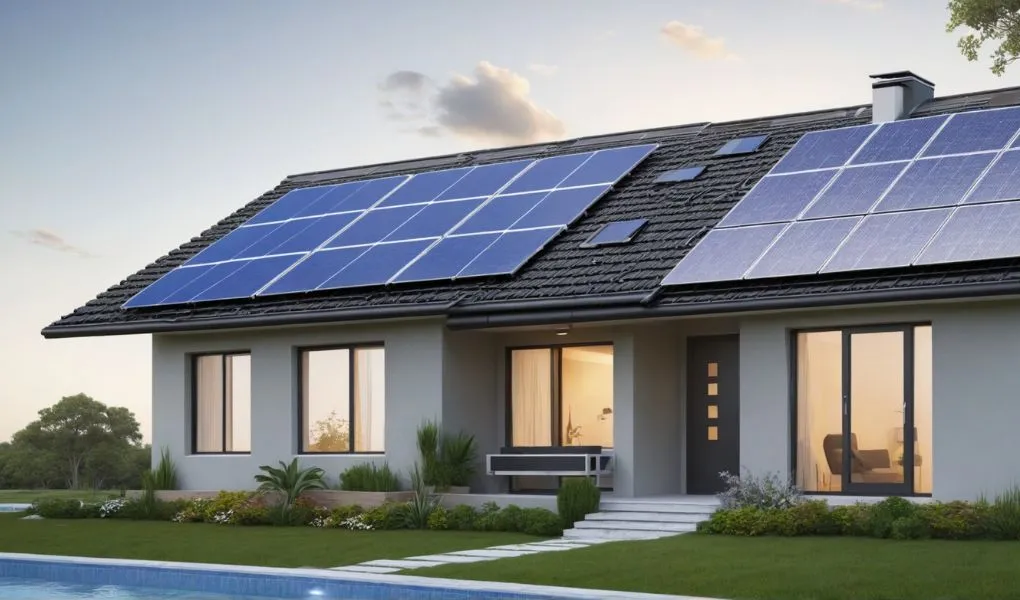
Before investing in a home battery, here are the essential metrics every homeowner should understand:
What it is: The total amount of energy the battery can store.
Why it matters: A higher kWh means your system can power your home for longer periods. Consider your daily energy consumption to find the right size.
Example: A typical
LEOCH wall-mounted home battery
, the LW51.2-100, has a storage capacity of 5.12 kWh. One fully charged LW51.2 can keep essential appliances running for about an entire day during a blackout.
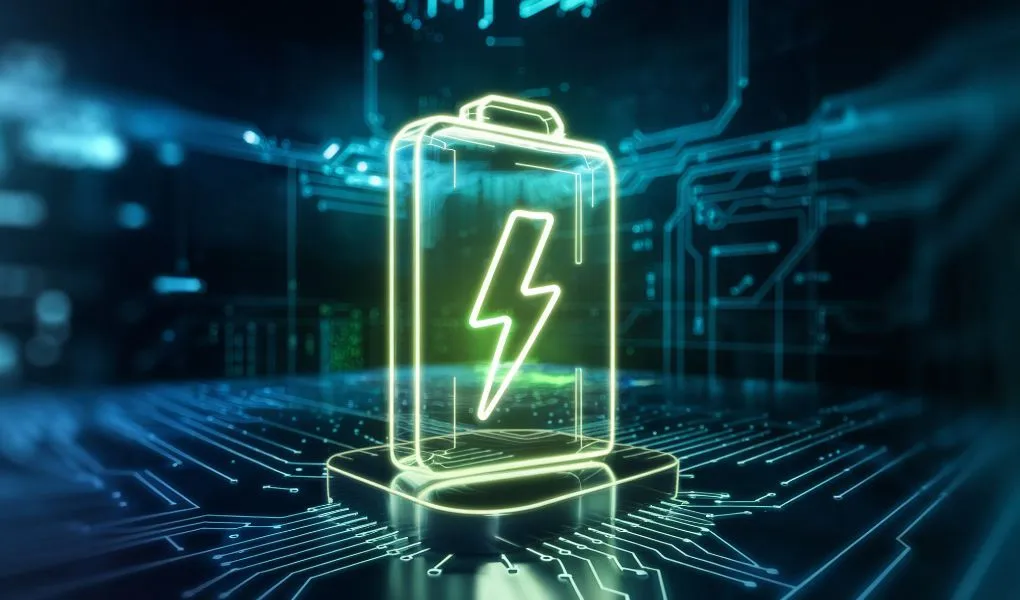
What it is: The rate at which electricity is delivered.
Why it matters: Determines how many appliances your battery can power simultaneously. For example, 5 kW can run several lights and a refrigerator, but may not support high-demand devices like HVAC systems all at once.
What it is: The percentage of the battery's total capacity that the battery is discharged during use.
Why it matters: A higher DoD (like 80% or 90%) means you can use more of the battery without affecting its lifespan.
What it is: The number of charge/discharge cycles a battery can handle before its capacity degrades.
Why it matters: A longer cycle life (e.g., 6000 cycles) means more years of use and better ROI.
You might see something like "6000 cycles @80%DoD" on the datasheets. But what does that mean?
Let's break it down:
🔹6000 cycles means the battery can handle 6000 full discharge and recharge rounds.
🔹80% DoD (Depth of Discharge) means you can safely use up to 80% of the battery's capacity every time without damaging its lifespan.
If you use the battery once per day — say, to store solar energy during the day and power your home at night — that's 1 cycle per day.
6000 cycles = 6000 days = over 16 years of daily use.
That's up to two decades of dependable home energy, assuming ideal conditions and regular maintenance. It's a long-term solution you can count on.
What it is: The percentage of energy that can be used compared to the energy input during a complete charging-discharging cycle.
Why it matters: Higher efficiency (above 90%) ensures less energy is lost during storage and retrieval.
And LEOCH home batteries have up to 95% efficiency. This high efficiency helps reduce energy waste, lowers your utility bills, and makes better use of solar energy.
What it is: The physical dimensions and weight of the battery unit.
Why it matters: Especially in home installations, it's important to ensure the system fits your available space — whether it's wall-mounted, floor-standing, or rack-mounted.
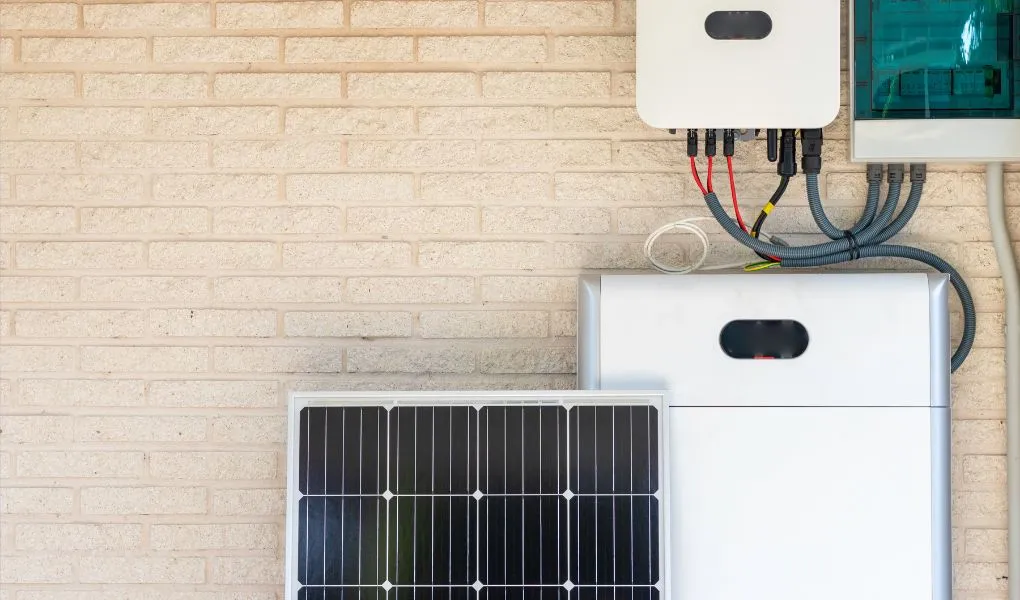
What it is: The ability to connect multiple batteries together to increase total storage capacity.
Why it matters: Your energy needs might grow — especially if you expand your solar system, install EV chargers, or add more appliances.
What it is: Whether the battery includes a built-in inverter to convert DC power (from battery or solar) into AC power (used by home appliances).
Why it matters:
Without inverter: You'll need a separate hybrid or solar inverter. This setup offers flexibility and is ideal for homes with existing systems.
With inverter: Easier, plug-and-play installation with fewer components — great for new installations or streamlined upgrades.
So, now that you understand the basic metrics of a residential energy storage system (RESS), you might be wondering: is it truly necessary for your home?
The answer largely depends on your daily energy usage patterns and local utility conditions. But one thing is clear — a reliable home energy backup system can enhance nearly every aspect of your daily life.
Installing a residential energy storage system isn't just about keeping up with the clean energy trend — it brings tangible, everyday advantages that improve comfort, cut energy costs, and strengthen your home's energy resilience.
A home battery system automatically supplies electricity when the grid goes down — keeping your lights, Wi-Fi, essential appliances, and even medical equipment running without interruption during blackouts or natural disasters.
Store energy during off-peak hours or when solar generation is high, and use it during peak-rate periods. This smart energy management can significantly reduce your monthly utility bills.
Pairing a RESS with rooftop solar panels allows you to store excess solar power instead of sending it back to the grid. This increases solar self-consumption and improves your long-term return on investment.
By reducing reliance on grid electricity — especially from fossil fuels — you help lower carbon emissions and move toward a more sustainable, low-impact lifestyle.
With a battery system, you control when and how energy is used. You're less affected by grid outages, rate changes, and utility regulations — giving you more freedom and stability.
A modern energy storage solution is an attractive home upgrade. In solar-friendly regions, a reliable RESS can boost your property value and appeal to buyers looking for smart, energy-efficient homes.
When choosing a residential energy storage system, understanding the battery chemistry is just as important as knowing the specs. Here are the two most common types used today:
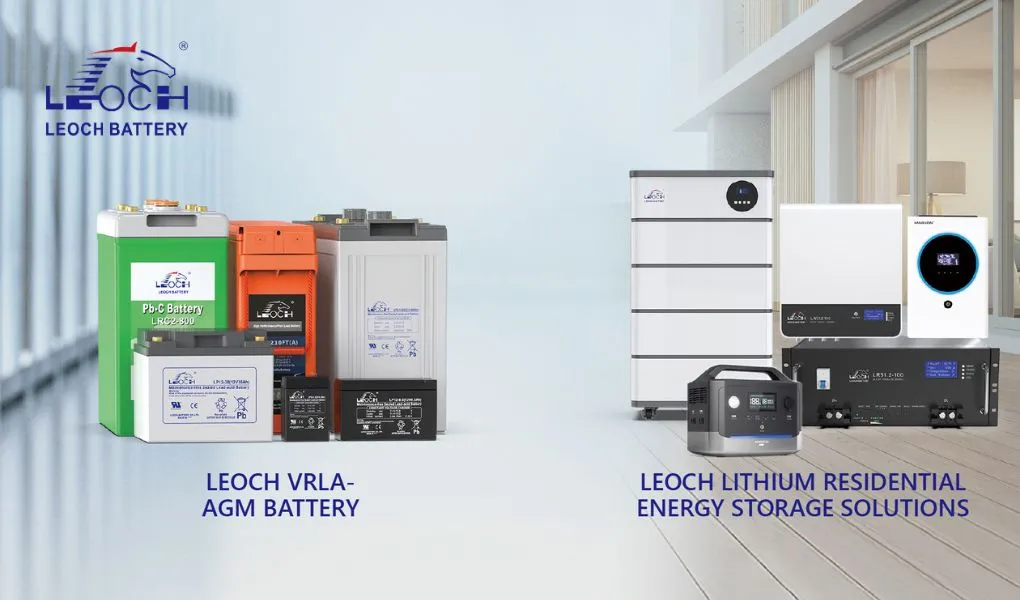 1. Lithium-ion Batteries
1. Lithium-ion Batteries
These are the most popular for home use due to their high energy density, long cycle life, lightweight design, and fast charging capability.
2. Lead-Acid Batteries
A more traditional and cost-effective solution, lead-acid batteries are reliable and easy to maintain, often used in off-grid or backup power systems.
Other chemistries are emerging too, such as sodium-ion, flow batteries, and solid-state technologies. For now, lithium and lead-acid remain the most proven choices for homeowners — each offering different advantages depending on budget, usage, and installation setup.
Choosing between lithium and lead-acid depends on your energy usage, available space, and budget — and LEOCH is one of the few providers that delivers both proven chemistries with professional support.
LEOCH offers a wide range of advanced energy storage solutions tailored for home use:
Wall-Mounted Batteries:
Available in 2.56 kWh to 10.24 kWh capacities to meet varying household needs; Sleek, space-saving, and smart — ideal for modern homes with limited space.
Rack-Mounted Batteries:
Capacity from 2.56 kWh to 10.24 kWh per unit; Cost-efficient; Modular and scalable design perfect for larger households or light commercial use.
Stackable Energy Storage System:
Optional inverter integrated; Plug and play; Easy to scale, flexible capacity that grows with your needs.
Floor-Mounted Batteries:
Large 15.36 kWh backup capacity with flexible mobility thanks to built-in wheels — ideal for emergency power supply, temporary setups, and extended outages. Easily movable when needed, it offers powerful backup without being locked to one spot.
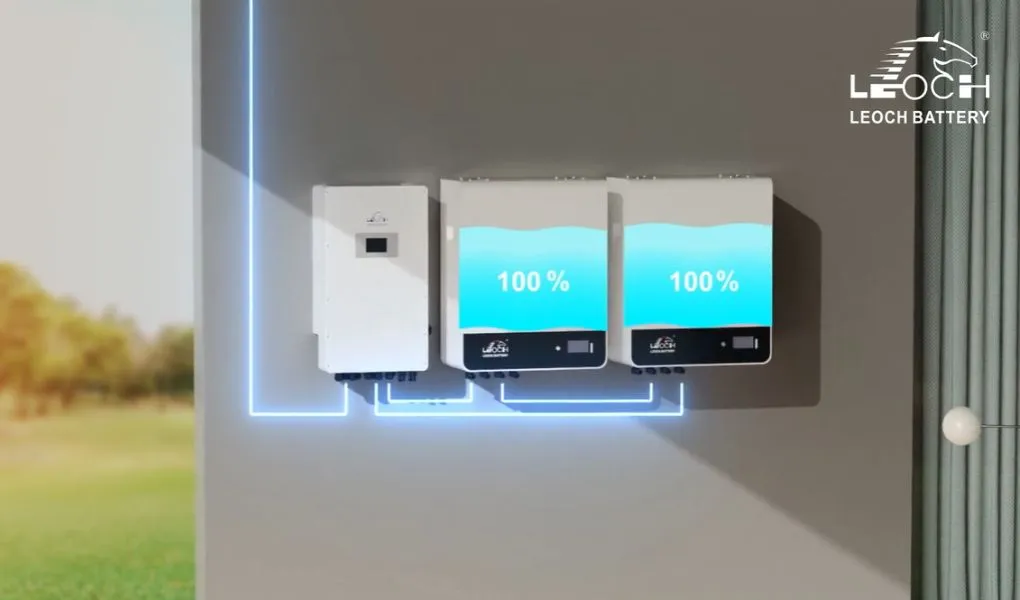
All our systems are:
🔹Built with LiFePO4 cells for enhanced safety and long cycle life.
🔹Designed with 5000-6000+ cycles @80%DoD.
🔹Equipped with an intelligent BMS and user-friendly app control.
🔹Compatible with mainstream inverters.
🔹Eco-conscious and low environmental footprint.
LEOCH also offers a comprehensive range of lead-acid batteries for residential energy storage, including the maintenance-free
LPGS (DCA) series
,
LP/LPL series
,
lead-carbon LRC series
, and
tubular flooded OPzS series
.
These solutions are cost-effective and dependable, making them ideal for budget-conscious homeowners, off-grid setups, remote cabins, and seasonal energy storage needs.
To ensure optimal performance and longevity, follow these tips:
🔹Avoid deep discharges below the recommended DoD.
🔹Keep your system within its operating temperature range (typically 0°C–45°C).
🔹Monitor regularly using the app for abnormal performance or alerts.
🔹Schedule occasional inspections if your area experiences extreme weather or voltage fluctuations.
🔹Clean air vents or surroundings to prevent dust buildup or overheating.
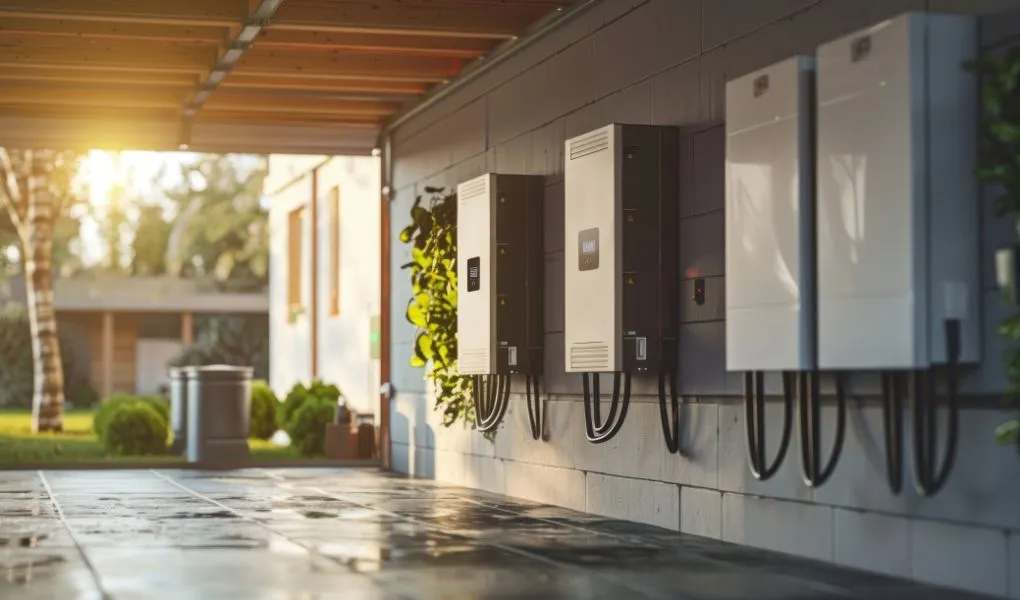
1. How long does a residential energy storage system last?
Most high-quality systems, like LEOCH's, last 10–15 years depending on usage, environment, and maintenance. Look for systems with at least 5000 cycles at 80% DoD.
2. Do I need solar panels to use a home energy storage system?
Not necessarily. RESS can be charged from the grid, but pairing with solar panels improves sustainability and reduces electricity bills.
3. How can I store electricity from solar panels?
When paired with solar panels and an inverter, excess energy is automatically stored in your ESS during the day and released when needed, especially at night or during outages.
4. How do I store batteries long-term if I'm not using them?
🔹Keep them 40–60% charged.
🔹Store in a cool, dry place (ideally 15–25°C).
🔹Disconnect from the system to prevent slow drain.
🔹Recharge every 3–6 months to maintain health.
5. Can I earn money from a Residential Energy Storage System?
Yes! Depending on your location and utility provider, you might:
🔹Participate in net metering.
🔹Join virtual power plants or demand response programs.
🔹Use time-of-use pricing to charge at low rates and discharge during peak times.
Investing in a home battery system is more than a smart energy choice — it's a step toward energy independence and long-term savings. But understanding the basic metrics is essential to make the right decision. Whether you're seeking backup power, solar energy optimization, or a greener lifestyle, knowing these parameters helps you choose with confidence.
Ready to choose a smarter home energy solution?
LEOCH Residential Energy Storage Solutions gives you control, security, and sustainability — all in one powerful package.
Whether you're building new, upgrading an old system, or just starting your energy journey, we're here to power your future — intelligently, safely, and sustainably.
About LEOCH BATTERY
Established in 1999, LEOCH BATTERY is a globally recognized leader in power solutions. With an extensive global presence, LEOCH BATTERY operates 21 state-of-the-art manufacturing facilities. Our global footprint includes over 80 local service companies, and we proudly serve clients in over 150 countries and regions worldwide.
LEOCH BATTERY is your trusted partner for industrial and commercial energy storage solutions. Our diverse product and service portfolio is strategically designed to meet the needs of our clients, including: Energy Storage Systems , Telecom & Data Center Power Solutions , Starting Power Solutions , Motive Power Solutions , and Battery Recycling. Want more information, please visit www.leoch.com